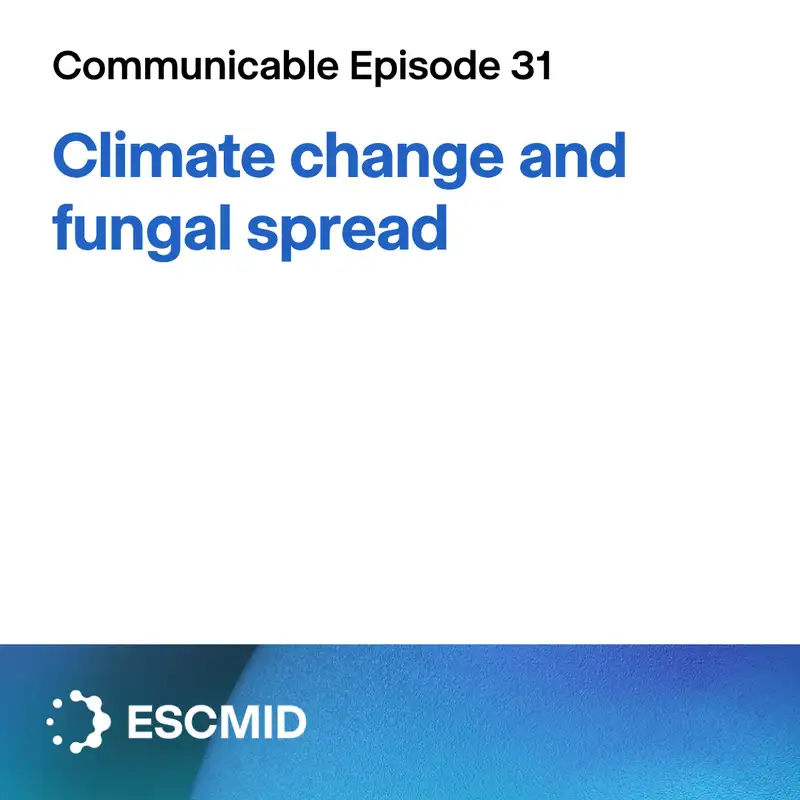The adaptability of fungi to warmer temperatures is an obvious consequence of climate change. Perhaps less obvious is the role climate change has played on fungal pathogens emerging as a global health concern. While humans are mostly protected from fungal infections by our immune system and body temperature, a warming global climate could subvert the status quo. Some fungi are already adapted to warmer temperatures and causing invasive acute infections in humans: Candidozyma auris, Cryptococcus neoformans, and Aspergillus fumigatus, to name a few. In this episode of Communicable, Angela Huttner and Josh Nosanchuk invite Arturo Casadevall, a Bloomberg Distinguished Professor at Johns Hopkins and this year’s recipient of ESCMID’s Excellence in Science Award, to discuss the world of fungi and their pathogenic potential in a warming world. Other topics include how to prepare for their emergence as a health threat, how fungi can be harnessed for applications that can benefit us, and ultimately answering the question Casadevall himself posed in the title of his recently published book, What if fungi win?
This episode was edited by Kathryn Hostettler and peer reviewed by Robin Aerts of University Hospital Antwerp, Belgium.
References
1. Casadevall, A with Desmon S. What if fungi win? Johns Hopkins University Press, 2024.
2. Smith DFG, et al. Environmental fungi from cool and warm neighborhoods in the urban heat island of Baltimore City show differences in thermal susceptibility and pigmentation.
BioRxiv 2025. DOI:
10.1101/2023.11.10.566554 3. Casadevall A and Pirofski L. Benefits and Costs of Animal Virulence for Microbes.
mBio 2019. DOI:
10.1128/mBio.00863-194. Cordero RJB et al. Radiation protection and structural stability of fungal melanin polylactic acid biocomposites in low Earth orbit.
PNAS 2025. DOI:
10.1073/pnas.24271181225. Dadachova E, et al. The radioprotective properties of fungal melanin are a function of its chemical composition, stable radical presence and spatial arrangement.
Pigment Cell Melanoma Res 2008. DOI:
10.1111/j.1755-148X.2007.00430.x
 S2E31
S2E31